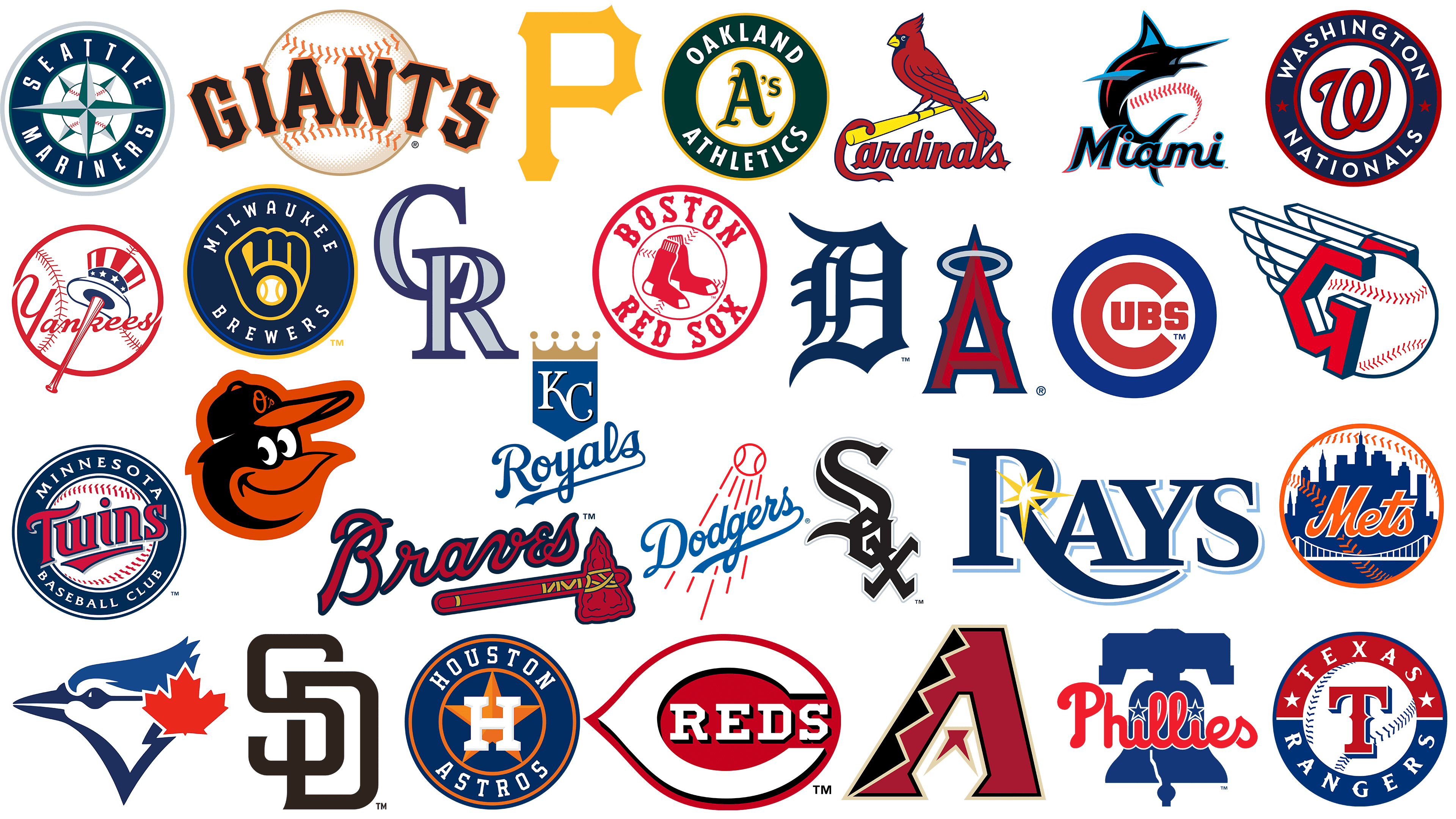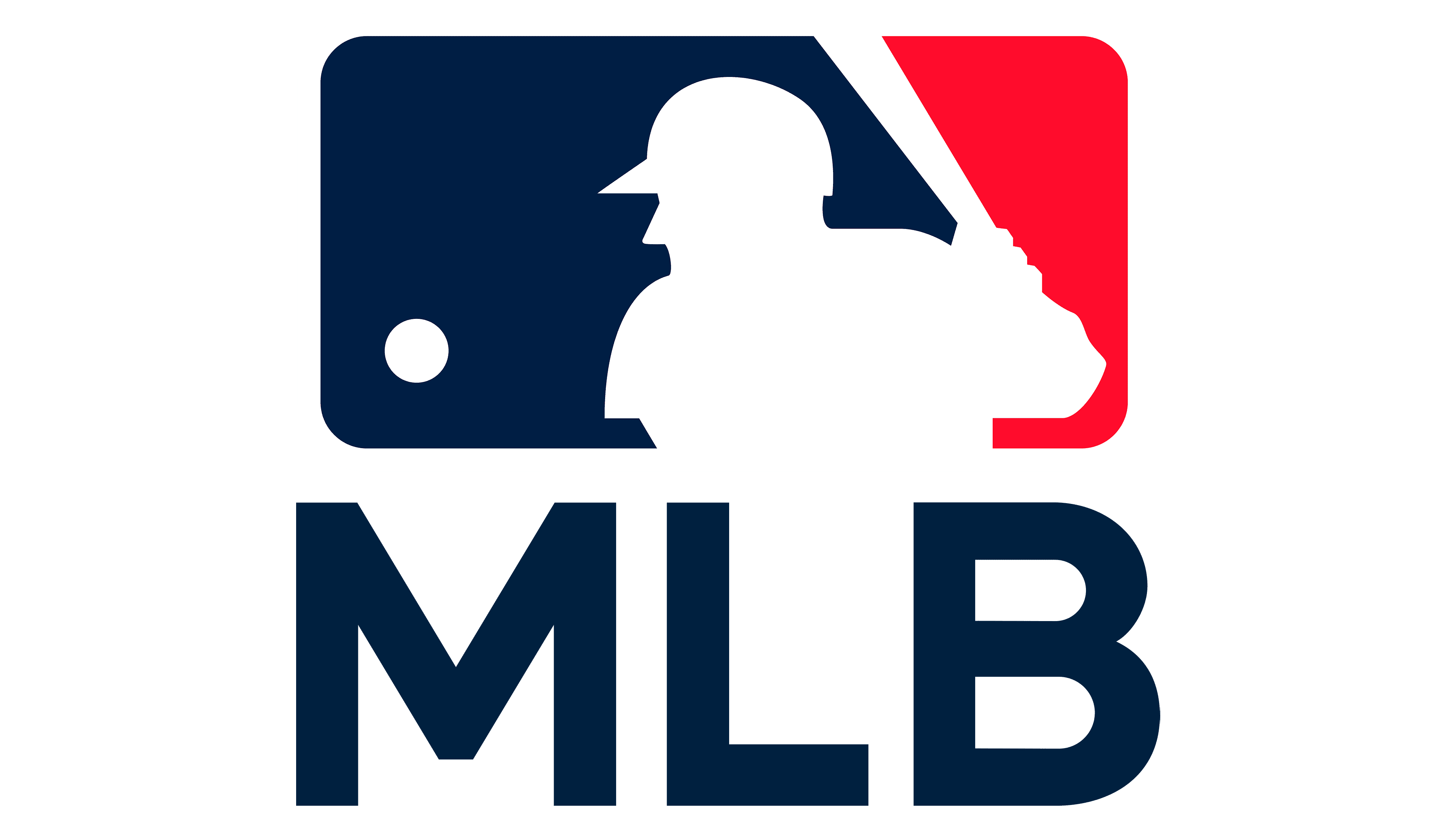MLB Weather Report - Your Guide To Game Day Conditions
There's something truly special about baseball, isn't there? The crack of the bat, the roar of the crowd, the smell of fresh-cut grass – it all comes together for a memorable experience. But, you know, there's a silent player in every single game, one that often holds a lot of sway over how things turn out: the weather. It's a pretty big deal, actually, influencing everything from a pitcher's grip to a ball's flight path, and it can really change how a game unfolds. So, for anyone following the action, keeping an eye on the sky is just as important as watching the scoreboard.
Understanding the daily weather picture for Major League Baseball games is, in some respects, a key part of really getting into the sport. It's not just about knowing if it will rain, though that's certainly important for avoiding delays or even cancellations. It's about knowing how the wind might push a fly ball, or how the temperature could affect a player's endurance. This kind of information is, like your, pretty useful for fans who just want to enjoy the game, and it's also quite helpful for those who follow the sport from a statistical point of view.
Our aim here is to give you a clear look at how weather conditions play a part in MLB games. We'll talk about how things like wind, heat, and even a little bit of moisture can shape the play. We'll also cover how this information is put together and what it means for everyone involved. Basically, it’s about giving you a more complete picture of what’s happening out on the field, beyond just the hits and outs, and how the outside elements factor into the day's events.
Table of Contents
- How Does Weather Change MLB Weather Report Outcomes?
- Getting the Full Picture - Our MLB Weather Report Analysis
- Current Conditions - Your Hourly MLB Weather Report Snapshot
- Why is Wind So Important in the MLB Weather Report?
- What About Ballpark Orientation and the MLB Weather Report?
- Do Historic Patterns Matter in the MLB Weather Report?
- Quick Updates - Your MLB Weather Report for Daily Lineups
- The Bigger Picture - Daily MLB Weather Report for Every Park
How Does Weather Change MLB Weather Report Outcomes?
Weather, it turns out, can have a really big effect on Major League Baseball games. It's not just a minor detail; it actually shapes how the players perform and how the ball moves. For example, a very hot day can make it tougher for pitchers to throw with their usual speed, or it might make hitters feel a bit more tired as the innings go on. So, too it's almost, the conditions outside the stadium walls are always something to think about when you're watching a game or looking at the numbers.
Sportsbooks, the places that set the odds for games, really pay attention to the daily weather forecast. They know that a strong gust of wind or a sudden drop in temperature can shift the balance of a game. They factor this kind of information into their calculations to come up with accurate lines for each contest. This means that if you're ever looking at game odds, you can be pretty sure that the weather conditions for that day have already been taken into account, making the numbers reflect the outdoor situation.
A good weather report for MLB, therefore, isn't just a casual glance at the sky. It's a careful look at all the different parts of the atmosphere that could play a role. We're talking about things like how fast the air is moving, which way it's going, the warmth of the air, how much moisture is in it, and if any rain or other wet stuff is expected. All these elements, in fact, combine to paint a complete picture of what the players will be dealing with out on the field.
Getting the Full Picture - Our MLB Weather Report Analysis
Our approach to understanding how weather affects baseball games involves taking a very close look at the conditions for each match. This isn't just a general forecast; it's a deep examination of all the little things that could make a difference. We consider, for instance, the exact speed of the air currents, the specific direction they're heading, the precise temperature of the playing field, the amount of moisture in the air, and, of course, any chance of rain or other wet weather. This detailed look, you know, helps to give a much clearer idea of what to expect.
Knowing these details is pretty helpful for a lot of reasons. If the air is moving quickly, it could mean that a ball hit high might travel further, or perhaps get knocked down sooner than expected. If it's very hot, pitchers might find it harder to get a good grip on the ball, or hitters might feel the effects of the warmth more quickly. Basically, every piece of information about the weather is, in a way, another piece of the puzzle that helps us understand how the game might unfold. It's all about providing a comprehensive view of the outdoor elements.
This kind of thorough weather review helps everyone involved, from the fans watching at home to the analysts trying to figure out the game's likely path. It adds another layer of appreciation for the sport, showing just how many different things can come into play during a nine-inning contest. It's not just about the players' skills, but also about how they adapt to the conditions that nature throws their way, which is, to be honest, a really fascinating aspect of the game.
Current Conditions - Your Hourly MLB Weather Report Snapshot
When you're looking for the most up-to-date information on game day weather, having current conditions is really helpful. Our main display panel shows you exactly what the weather is like right now, at the ballpark. This information is, like your, refreshed every single hour, right at the top of the hour. So, you're always getting the very latest reading of what's happening outside, which is pretty good for staying informed.
This constant updating means you're never left guessing about what the players are dealing with at any given moment. If a cloud suddenly moves in, or the air starts to pick up speed, you'll see that reflected in the hourly report. It's a quick and easy way to get a real-time picture of the outdoor situation. This is, in fact, quite useful for making sense of what you're seeing on the field, especially if the game seems to be taking an unexpected turn due to the elements.
Having this kind of immediate access to current weather details helps you feel more connected to the game. You're not just watching the action; you're also aware of the environment the players are competing in. It adds a bit more depth to your viewing experience, knowing that you have the most recent data on things like temperature and any other present conditions. It’s a bit like having a direct line to the ballpark’s atmosphere, if you will.
Why is Wind So Important in the MLB Weather Report?
Wind plays a really big part in baseball games, perhaps more than some people might think. When we give you a weather report, we make sure to tell you how strong the air is moving and in what direction it's going. This is, you know, a pretty big deal because the wind can have a direct influence on how a baseball travels once it's hit. It's not just a gentle breeze; it can be a powerful force.
Imagine, for example, if the air is moving with a lot of speed and it's blowing out of the ballpark. That means a ball hit high and far might get an extra push, potentially turning a long fly ball into a home run. On the other hand, if the air is moving with similar speed but blowing in towards home plate, it could hold those same fly balls inside the park, turning what looked like a sure homer into a deep out. This effect is, essentially, why wind direction and speed are so closely watched.
You'll also find that our reports adjust the current air speed and angle for the specific layout of each ballpark. This is important because every stadium is built a little differently, and the way it faces can change how the air currents affect the play. So, we make sure the information you get is, in a way, specific to the exact field where the game is being played, giving you a very accurate sense of how the wind will behave.
What About Ballpark Orientation and the MLB Weather Report?
The way a baseball park is built, especially its direction, really matters when it comes to understanding the wind. It's not just about knowing the wind's speed and direction in the general area; it's about how those air currents interact with the specific layout of the stadium. Our weather information, for instance, takes into account the way each field is angled, adjusting the wind data so it's truly relevant to that particular playing space. This attention to detail is, like your, pretty important.
Think about it: a strong gust blowing from the west might have a very different effect in a park that faces north compared to one that faces east. The walls, the stands, and even the open spaces around the field can channel or block the air in ways that change how a ball moves. So, when we tell you about the wind, we're giving you a picture that's specific to that exact location, taking into account how the park itself shapes the air currents. This makes the information, basically, much more useful.
This specific adjustment for ballpark orientation helps everyone get a better sense of what to expect. It means that the wind information you're looking at isn't just a general forecast; it's a tailored piece of data that considers the unique characteristics of each Major League Baseball stadium. It’s a little detail, perhaps, but it makes a big difference in how accurately you can guess the wind's influence on the game.
Do Historic Patterns Matter in the MLB Weather Report?
Yes, looking at what has happened in the past under similar weather conditions can be really insightful. Below the daily weather forecast for each game, you'll find a section that goes into detail about the historic effect of the currently expected weather on various game statistics. This information is, you know, presented as a percentage change, showing how much certain numbers tend to go up or down when the weather is like this.
For example, if it's going to be a very warm day with the air moving out of the park, this section might show that home runs typically increase by a certain percentage under those conditions. Or, if it's a cool, damp day, it might suggest that batting averages tend to dip a bit. This kind of data gives you a sense of what has happened before, which can help you think about what might happen in the upcoming game. It's a way of using past information to inform current expectations, which is, actually, quite clever.
This historic look adds a lot of depth to the weather report. It's not just about what the weather *is* right now, but what it *means* based on how it has affected games in the past. It's a pretty useful tool for anyone who likes to dig a little deeper into the numbers and understand the broader trends that weather can create. It offers, in some respects, a kind of statistical memory for the conditions.
Quick Updates - Your MLB Weather Report for Daily Lineups
For those who put together daily fantasy sports (DFS) lineups, getting the very latest MLB weather report is incredibly helpful. You need to know if conditions might change right before game time, as even small shifts can affect player performance. Our system lets you instantly get the most recent weather forecast for your lineups, and it's updated right on the hour, every hour. This means you always have the freshest information at your fingertips, which is, basically, a pretty big advantage.
Imagine you've picked your players, and then suddenly the wind shifts or a chance of rain pops up. Having an hourly update means you can adjust your choices if needed, making sure your lineup is as strong as it can be given the actual conditions. This rapid refresh rate is, you know, a key part of making informed decisions for your daily picks. It helps you react quickly to any changes in the atmosphere that could impact the game.
This constant stream of updated weather information means you're always in the loop. You don't have to guess or rely on outdated forecasts. Instead, you get precise, timely data that can help you fine-tune your strategy right up until game time. It’s a little bit like having a direct line to the weather station, giving you the power to make quick, smart choices based on the very latest outdoor picture.
The Bigger Picture - Daily MLB Weather Report for Every Park
Beyond just the specific game you might be watching, we provide daily weather forecasts for every single ballpark in Major League Baseball. This includes details like the wind's direction and any chance of rain for each location. So, if you're keeping an eye on multiple games or just want a general overview of the league's conditions, you have access to all that information, which is, in fact, quite handy.
For example, we might expect clear skies and very hot temperatures in Baltimore. The forecast for that specific game, at 6:35 pm EST, shows it's expected to be 96°F with no chance of rain and a 9 mph wind blowing from left to right. This level of detail is available for all games, every day, allowing you to see the full weather landscape across the league. It's a pretty complete picture, really, of what the weather is doing everywhere.
Our weather reports are put together every hour, for every MLB game, every week. This means you get a consistent, reliable stream of information that covers the entire season. Whether you're planning to watch a single game or just want to stay generally informed about the league's conditions, you'll have access to a comprehensive set of data. It’s, arguably, a good way to stay connected to the game from a weather perspective.
So, we've looked at how weather can really shape a baseball game, from the general impact on players and how sportsbooks consider it, to the very specific details like wind speed and ballpark layout. We talked about how current conditions are updated hourly, and why historic weather patterns can give us clues about future game outcomes. We also covered how quick, hourly updates are useful for daily fantasy lineups, and how you can get a daily weather report for every ballpark in the league, with details on wind and rain chances. It's all about getting a clearer picture of the outdoor elements that play a part in every Major League Baseball game.

The Major League Baseball Team Logos And Names

MLB Logo y símbolo, significado, historia, PNG, marca

Major League Baseball | MLB.com